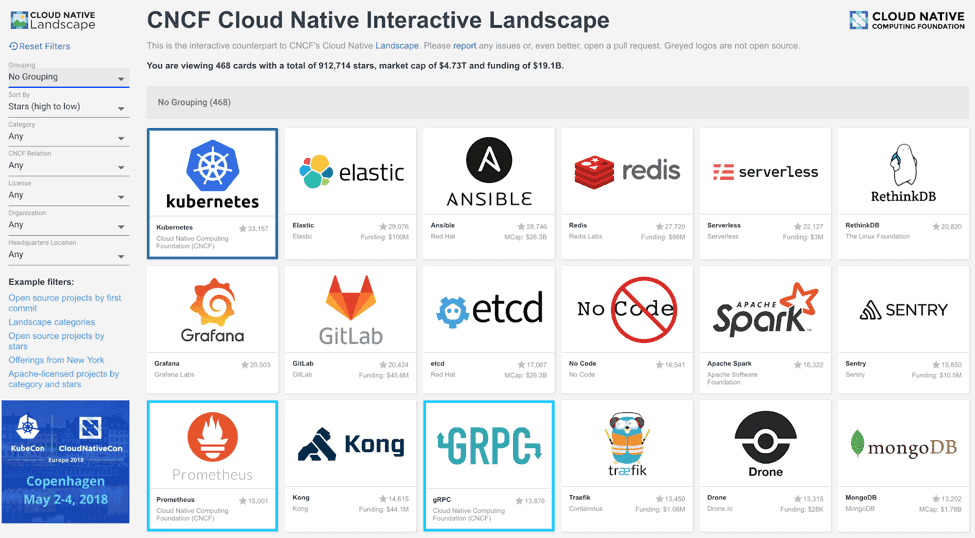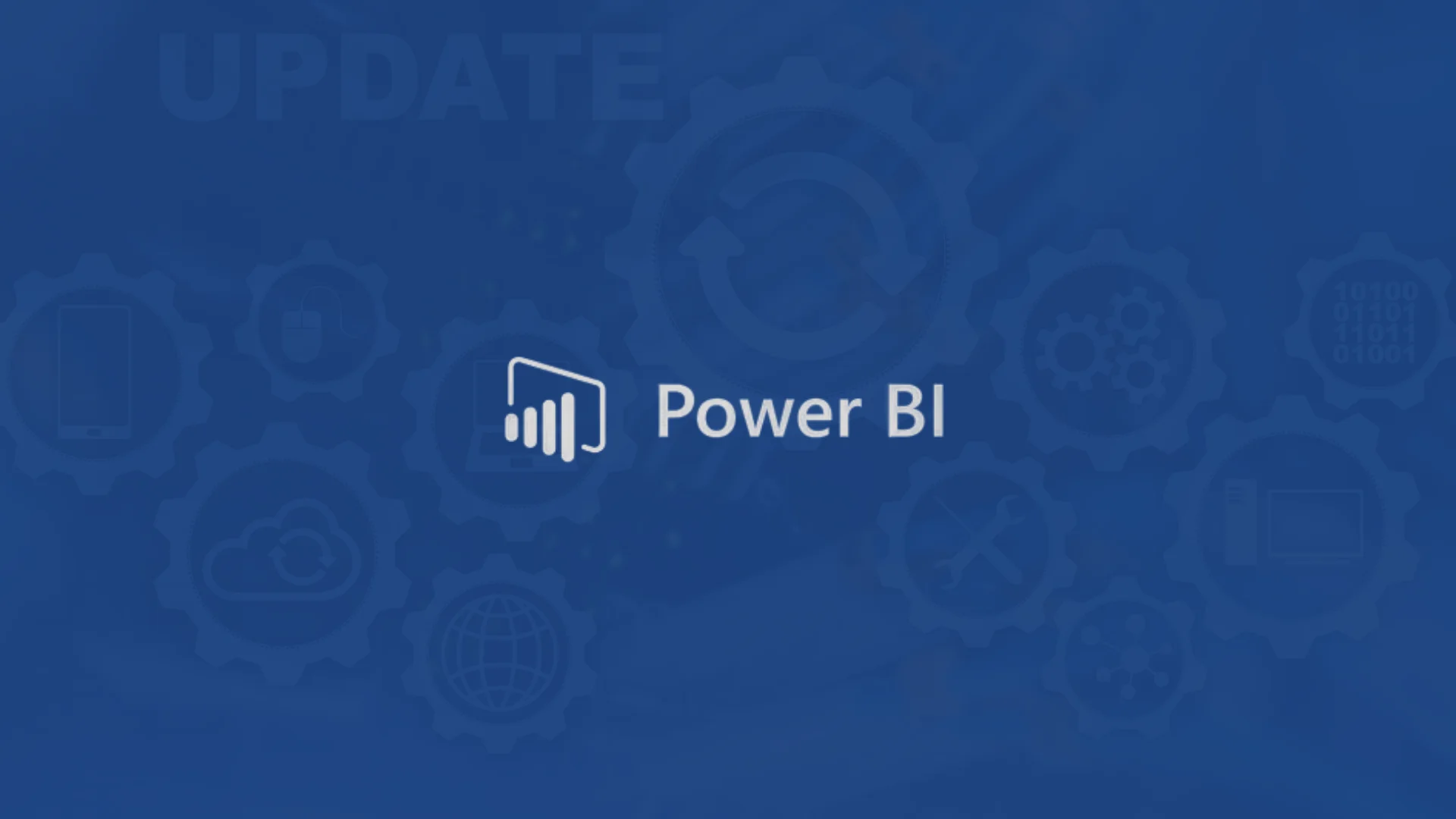Contents
Introduction
The world has moved on yet again. How and why you ask? The cloud has become the new normal today, while many businesses are still using clunky, outdated, and heavy-duty computing software and hardware that is slow and prone to breakdowns. Many businesses have realized the importance of the cloud and are focused on application migration – moving old apps and functionality onto a cloud platform.
The tech community has moved a step ahead and moved from cloud-enabled where monolithic applications are refactored to using the cloud-based where applications leverage the capabilities and resources of the cloud to run the app without the need for a complete overhaul to cloud-native where applications are purpose-built and optimized to take full advantage of cloud benefits such as elasticity and resiliency.
As organizations implement existing cloud strategies, they are increasingly finding it difficult to deliver new kinds of value and innovation. And unlocking the next level of delivering value requires a different approach. This is where the “cloud-native” approach comes in; it reorganizes processes and workflows and creates applications with the cloud specifically in mind. The cloud-native approach is bound to be the future of application development as it has the potential to have a massive impact on businesses, providing businesses with the ability to quickly and efficiently move ideas into production.
Adopting a Cloud Native strategy, processes, and technologies addresses issues related to scalability, availability, and delivery of new features or systems. Cloud technologies have profoundly transformed the way the industry thinks of the deployment and integration of various services. A Precedence Research report forecasts that the global cloud computing market is expected to reach US$ 1,614.10 billion by 2030 and witness a CAGR of 17.43%. In order to stay competitive, businesses need to find new and innovative ways to solve problems. This is where cloud-native architecture comes in, which takes an agile approach to creating new applications.
By using cloud-native technologies, businesses can create unique applications that function well in hybrid, private, and multi-cloud environments. Cloud-native applications expand the flexibility, elasticity, and security that the cloud offers. This blog will discuss what cloud-native is and what are the different cloud-native technologies used for developing applications.
What is cloud native?
Cloud-native technologies, as defined by the Cloud Native Computing Foundation (CNCF), empower organizations to build and run scalable applications on public, private, and hybrid clouds. Features such as containers, service meshes, microservices, immutable infrastructure, and declarative application programming interfaces (APIs) best illustrate this approach.
Cloud native applications are independent services that are packaged as small, portable, lightweight containers that can be scaled quickly based on demand. This approach of enclosing everything in a container enables businesses to separate the application and its dependencies from the underlying infrastructure, allowing businesses to deploy a containerized application in any environment which has a container runtime engine.
Cloud native apps are frequently delivered through a DevOps pipeline that incorporates continuous integration and continuous delivery (CI/CD) toolchains as they are essential for automating the development, testing, and deployment of cloud-native applications.
Joe Beda, VMware’s Principal Engineer and co-founder of Kubernetes says
“Cloud-native is structuring teams, culture, and technology to utilize automation and architectures to manage complexity and unlock velocity.”
What is cloud-native architecture?
Cloud-native architecture is a design methodology for designing, building, and running applications that are specifically designed for the cloud and fully utilize the advantages of the cloud computing model. Microservices and containerization are the core of cloud native application architecture, and they make it simpler to move between cloud providers and to independently deploy services in various languages or frameworks without conflict or downtime.
Why is cloud native important? What are its benefits?
Cloud native is important because it helps businesses fully capitalize on the cloud’s numerous advantages and create digital transformational and business outcomes. It offers massive scaling capabilities at a rapid speed and frees businesses from the inflexibility of legacy systems.
There are several benefits like fluidity, resiliency, scalability, reduced vendor lock-in and low cost, but they all boil down to operational efficiency and a quicker time to market for new services because the software is more loosely coupled with the supporting hardware and broken up into smaller parts. This enables quicker and more automatic upgrades.
There has already been a boom in interest in cloud-native technologies, and many businesses rely on them directly to launch products and services. Many open-source cloud computing technologies are available, with many of them being released by the Cloud Native Computing Foundation.
The CNCF Cloud Native Landscape Project aims to serve as a resource map to guide organizations and developers through the previously unexplored territory of cloud native technology. Cloud Native Landscape 2.0, allows viewers to obtain detailed information on a specific project or technology.
Let’s look at some of the most popular Cloud Native technologies that are helping businesses in their cloud-native journey.
Kubernetes
Kubernetes is an open-source container-centric management software developed by Google that has become the de facto standard for deploying and operating containerized applications. By automating container management tasks, Kubernetes makes it easier to manage applications – by deploying applications, rolling out changes, scalability, monitoring, and more.
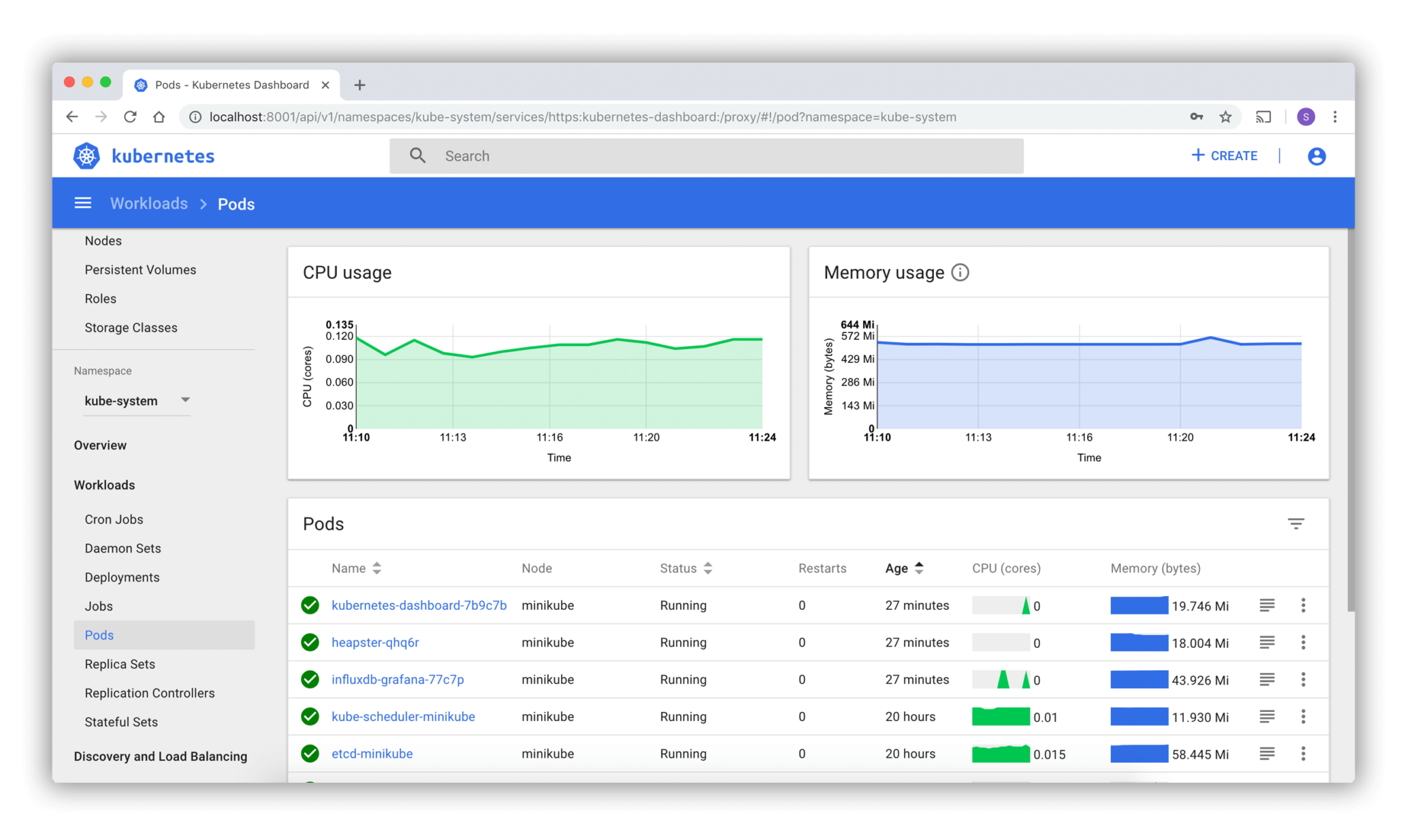
It offers virtualization across the containers, removing the need to manage each one separately. Additionally, it provides autonomous storage orchestration so users don’t have to bother about allocating and mounting storage spaces.
Kubernetes automatically adjusts to the size of a cluster required to run a service, enabling effective scaling, increasing development velocity, letting you develop apps faster, and enabling you to deploy applications anywhere.
Prometheus
Prometheus is an open-source monitoring and alerting solution for containerized applications that collects and aggregates metrics as time series data alongside optional key-value pairs called labels. Originally created by Soundcloud, Prometheus is now a community project supported by the Cloud Native Computing Foundation (CNCF).
Prometheus is an excellent tool for recording solely numerical time series. It is appropriate for both machine-centric monitoring and monitoring of highly dynamic service-oriented architectures. It supports multi-dimensional data collection and querying.

The query language, PromQL, lets users select and aggregate data. Time-related query functionalities are provided by PromQL, which has been specifically modified to operate in accordance with a Time-Series Database.
For importing and exporting data, Prometheus can be simply integrated with several popular open-source tools. It stores data on a local disk that helps with fast data storage and fast querying, enabling massive scaling of applications without having to compromise on memory.
Envoy
Envoy is an open-source edge and service proxy built for cloud-native applications. Created at Lyft, it’s written in C++ and is intended for services and applications, as well as serving as a data plane for service mesh.
Envoy supports the HTTP L7 filter layer, which makes application layer communication easier. HTTP filters in the HTTP connection management subsystem can be used by infrastructure and platform teams to carry out activities such as buffering, routing/forwarding, rate limiting, sniffing Amazon’s DynamoDB, and so on.

Envoy is a high-performance server with a small memory footprint and runs alongside any application language or framework. It supports advanced load balancing, HTTP/2, gRPC connections, dynamic configuration, and hot reloads. Envoy offers a strong focus on tracing, metric collection, and overall observability.
Istio
Istio is a configurable, open-source service-mesh layer that provides interconnections between multiple microservices required by an application, manages traffic flow across microservices, enforces policies, and aggregates telemetry data.
In addition to providing complete control over traffic flow and API calls between services, it enables you to run tests more quickly and incrementally upgrade your systems. Furthermore, it offers automatic logging, tracing, and monitoring of all your services so that you can see how the microservices interact with one another.
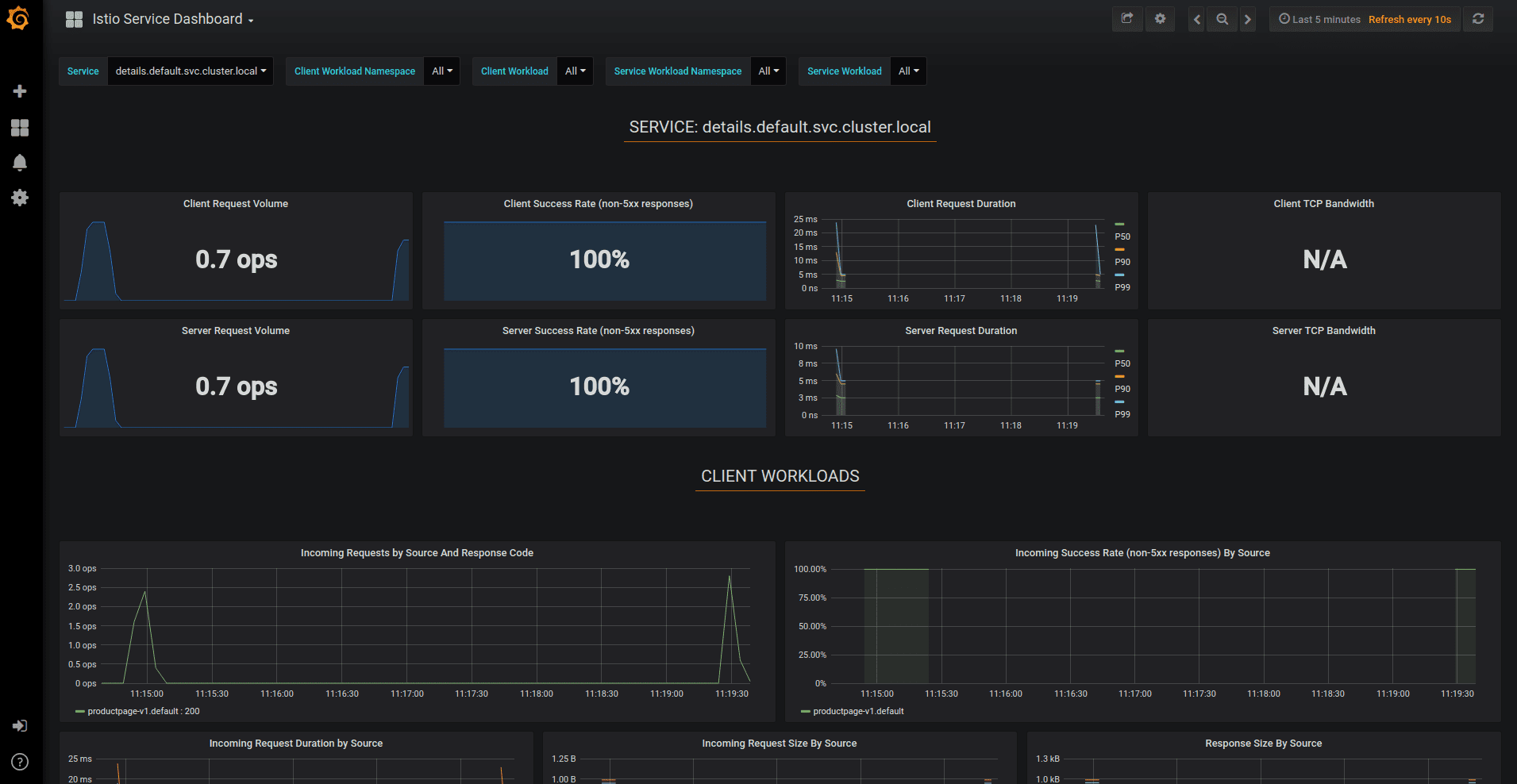
Istio enables businesses to deliver distributed applications at scale. It streamlines network operations such as traffic control, authorization, and encryption, as well as auditing and observability.
gRPC
gRPC is an open source, high-performance Remote Procedure Call (RPC) framework that may be used anywhere. gRPC offers transparent communication between client and server applications and facilitates the development of connected systems. To ensure optimum API security, performance, and scalability, this framework makes use of HTTP/2, protocol buffers, and other latest technology stacks.
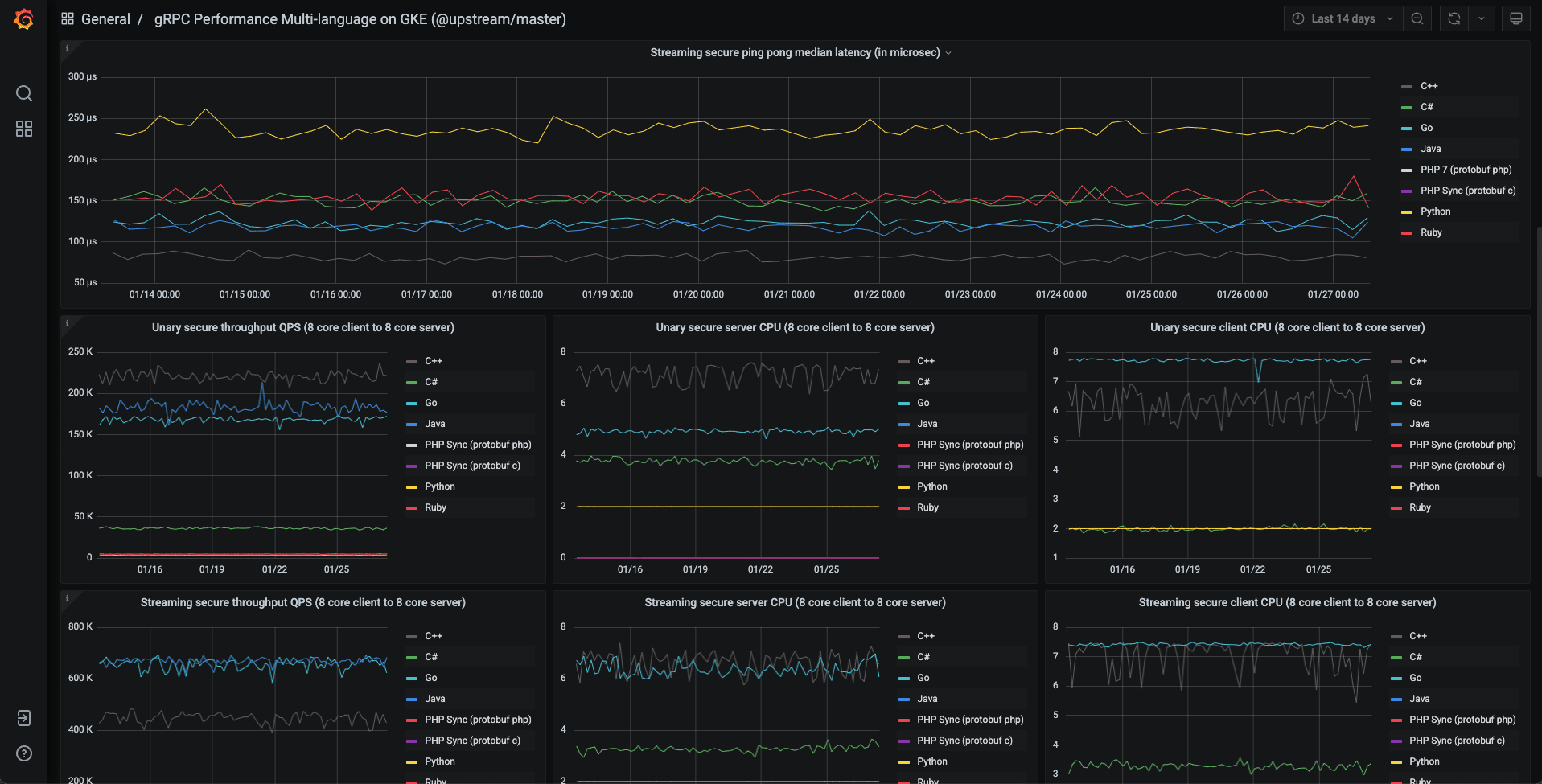
It can connect services within and across data centres with pluggable functionality for load balancing, tracing, health checking, and authentication. It supports several major languages and contains numerous client libraries for iOS and Android. It reduces the latency of distant procedural calls in distributed computing systems and is designed for large-scale architectures.
In conclusion
An optimal solution is one that is tailored to your organization’s specific requirements. When it comes to your company or its technical infrastructure, there is no such thing as a one-size-fits-all solution. The vast array of cloud-native technologies available in the market, be it open-source, vendor-agnostic solutions, is critical because it ensures collaboration, innovation, modernization, decreased costs, reliability, and usability, whether you’re using a public cloud platform, your own private cloud network, or a hybrid combination of cloud and dedicated server resources.
At the time of writing, we’ve looked at some of the most popular cloud-native applications. There are numerous other applications and initiatives in the Cloud-Native Computing Foundation’s incubatory stage. We can anticipate an increase in interest in cloud-based services and container-based designs.
With many sectors opting for cloud-based architectures, the number of such cloud-native technologies will grow. There has never been a better opportunity to fully exploit the cloud’s potential. Contact Sparity to learn more about how cloud-native applications and technologies can benefit your business.



